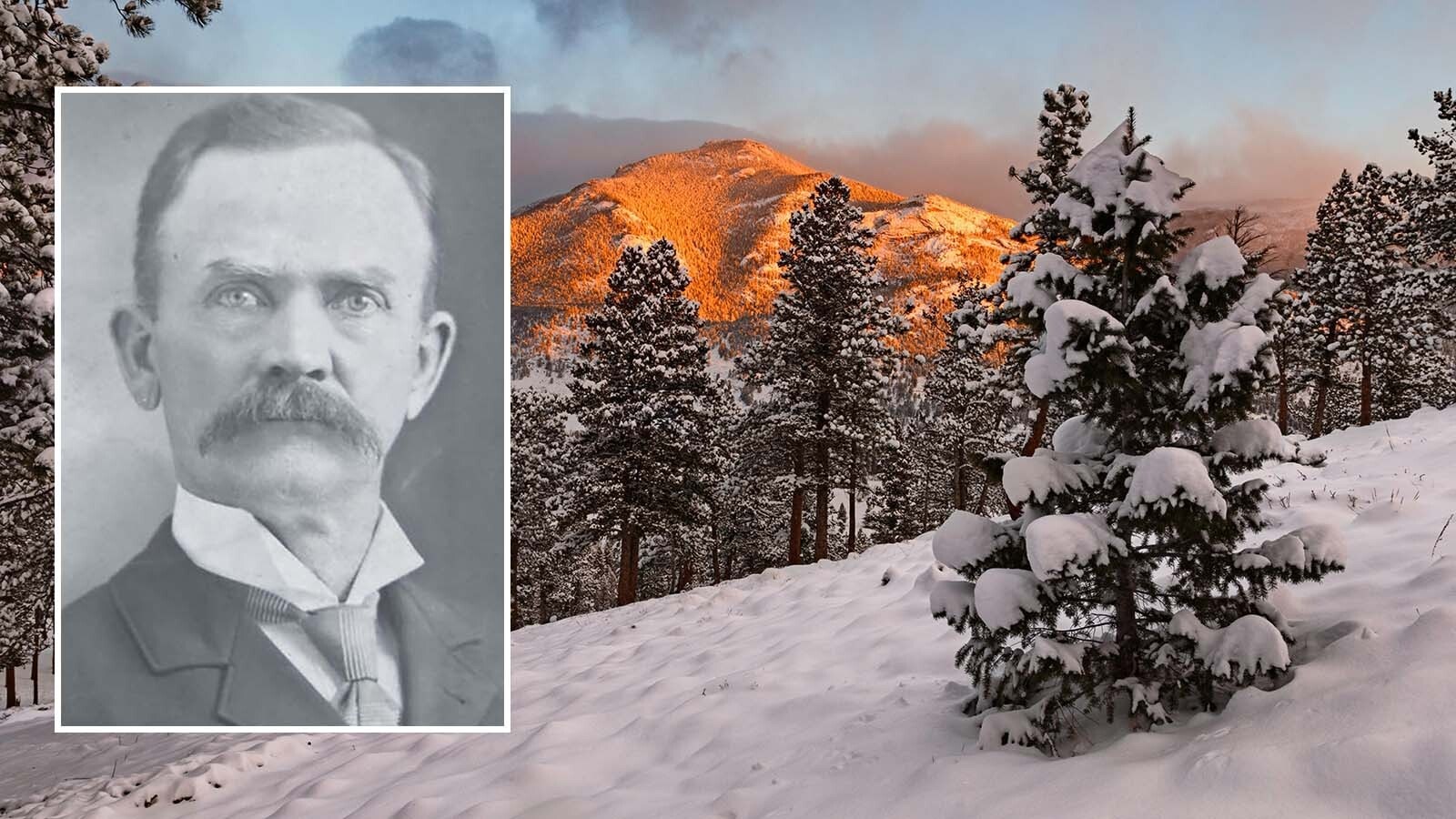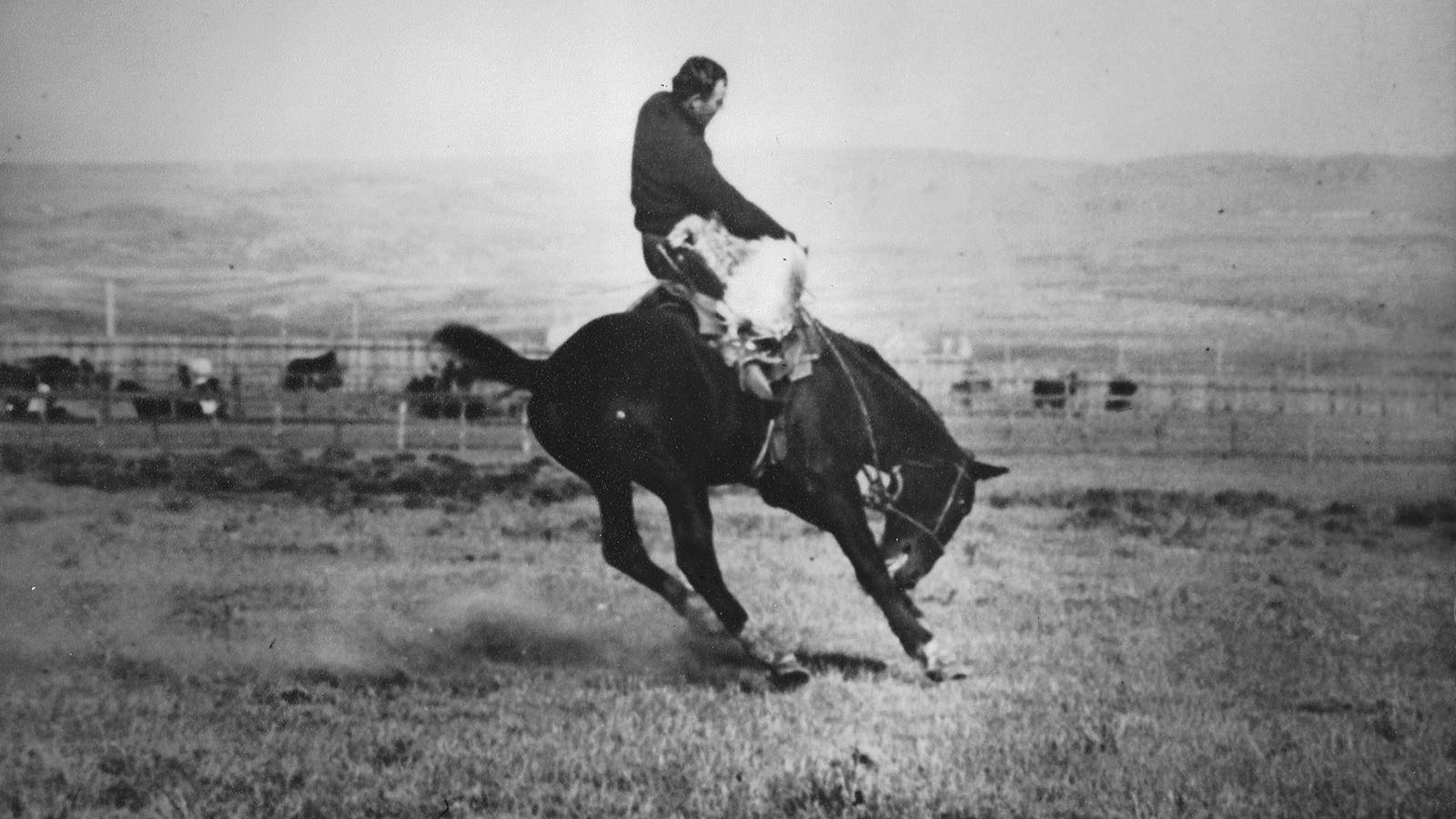For far longer than history records, the North Platte River Valley has been a thoroughfare through the American West.
Indian people—Shoshone, Arapaho, Utes, Crow, Lakota, Cheyenne, and others—left tracks there.
Fur trappers, traders, and mountain men followed those trails.
Then came westering settlers with their wagons—a trickle at first, followed by a deluge.
Crossing the river was sometimes impossible, often difficult, and always a challenge.
But things got easier when in mid-June of 1847 Brigham Young, leading the pioneer company of a Mormon migration that would clog the trail for decades, arrived at a North Platte crossing near what would later become the site of Fort Caspar and later still the city of Casper.
He found high water in the river, deep enough to prohibit safe fording.
Ever the problem solver, Young put his minions to work building a ferry boat to move the wagons across the flood.
They hollowed out cottonwood logs to create a pair of large and buoyant dugout canoes, connected them side-by-side with a planked deck, and fashioned oars and a rudder for control in the flow. They ferried the company of Saints over, as well as other emigrants waiting to cross.
And those emigrants looked to Young like an opportunity, for the Mormon leader was more than a problem solver—his ability to solve problems was matched by a knack for monetizing those solutions.
Wilford Woodruff, one of Young’s followers, recorded in his journal on June 16, “President Young thought it wisdom to leave A number of the brethren here & keep a ferry until our Company Came up. Emegrants will pay for ferrying $1.50 cts per waggon.”
Nine of the pioneers stayed behind to operate the ferry, both as a commercial venture and to assist fellow Saints coming on the trail.
And that brings light to another of Brigham Young’s attributes—a penchant for control, to the point, perhaps, of obsessiveness.
He drafted a detailed set of expectations headed, “North Fork of Platte River, Upper Ferry, June 18, 1847,” addressed to the ferrymen: “Instructions to Thomas Grover, John S. Higbee, William Empey, Appleton M. Harmon, Edmund Ellsworth, Luke Johnson, Francis M. Pomeroy, James Davenport & Benjamin F. Stewart.”
He appointed a leader. “Brethren, as you are about to stop at this place for a little season, for the purpose of passing emigrants over the river, and assisting the Saints. We have thought fit to appoint Thomas Grover, Superintendent of the Ferry: which, if you approve; we want you to agree that you will follow his counsel implicitly and without gainsaying . . .”
Later in the missive, he reiterated the importance of following the leader: “[W]e promise you that the Superintendent of the Ferry shall never lack wisdom or knowledge to devise and counsel you in Righteousness, and for your best good: if you will always be agreed; and with all humility watch and pray without ceasing.”
Woodruff’s journal entry barely scratched the surface of Young’s intended ferry fees. “For one wagon, family &c, you will charge $1.50 for payment, in Flour and provisions at State prices; or three dollars in cash. but you had better take young stock at fair valuation, instead of cash. and a team if you shall want the same to remove.”
For the Mormons who would follow, things would be different. “When our emigration companies arrive; if the river is not fordable, ferry them, and let them who are able; pay a reasonable sum. The Council of their Camp will decide who are able to pay.”
Young also demanded accountability and honesty of the men: “[B]e careful of the lives and property of all you labor for, remembering that you are responsible for all accidents accruing through your carelessness or negligence and see that ye Retain not that which belongeth to the Traveler.”
The ferry operated seasonally, with Mormon men sent out from Salt Lake City to man the oars, through 1852 when it was rendered obsolete by a toll bridge.
A final note. The last name on the list of men addressed in the “Instructions,” Benjamin F. Stewart, is my great-great-grandfather.
R.B. Miller can be reached at: WriterRodMiller@gmail.com





